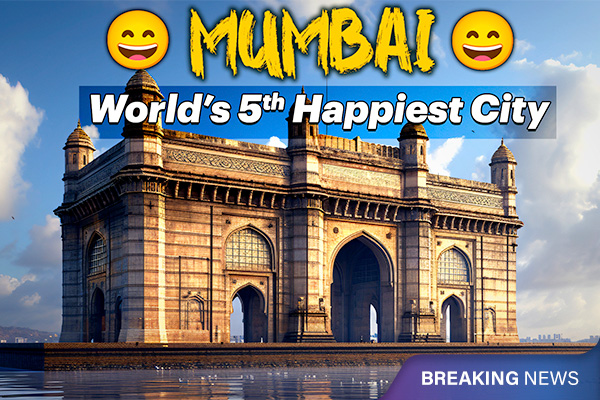History of Indian States - Separation of Maharashtra and Gujarat
Maharashtra and Gujarat celebrate their statehood on May 1st, commemorating their formation after years of linguistic and cultural movements.
On May 1st, 1960, the present-day states of Gujarat and Maharashtra were established, marking a significant moment in Indian history. Prior to 1960, these regions were part of the Bombay Presidency during British rule.
The Bombay Presidency encompassed the western two-thirds of present-day Maharashtra, along with areas of Gujarat, Konkan, Desh, Khandesh, and parts of present-day Pakistan's Sindh province. However, with India's independence, the region underwent partition, leading to the formation of Bombay State.
In the years following independence, there was a pressing need to reorganize states for effective governance and administration. The State Reorganization Commission of 1953 proposed states based on linguistic and cultural unity, but Bombay State remained a bilingual entity.
Demand for a separate Maharashtra state gained momentum, leading to the formation of the Samyukta Maharashtra Samiti, which vehemently advocated for a Marathi-speaking state. Similar movements emerged in Gujarat, culminating in the formation of the Mahagujarat Andolan.
These movements faced opposition and challenges, with protests escalating in both regions. The struggle for separate states witnessed sacrifices, with several individuals losing their lives in the pursuit of their cause.
After years of agitation and negotiations, the States Reorganization Act was amended, leading to the establishment of Gujarat and Maharashtra on May 1st, 1960. This day is celebrated as Maharashtra Day and Gujarat Day in their respective states.
Despite their formation, certain border regions with significant Marathi-speaking populations remain a point of contention between Maharashtra, Telangana, and Karnataka.
As Maharashtra and Gujarat commemorate their statehood, reflecting on their historical journey offers insights into the diverse cultural and linguistic tapestry of India.







